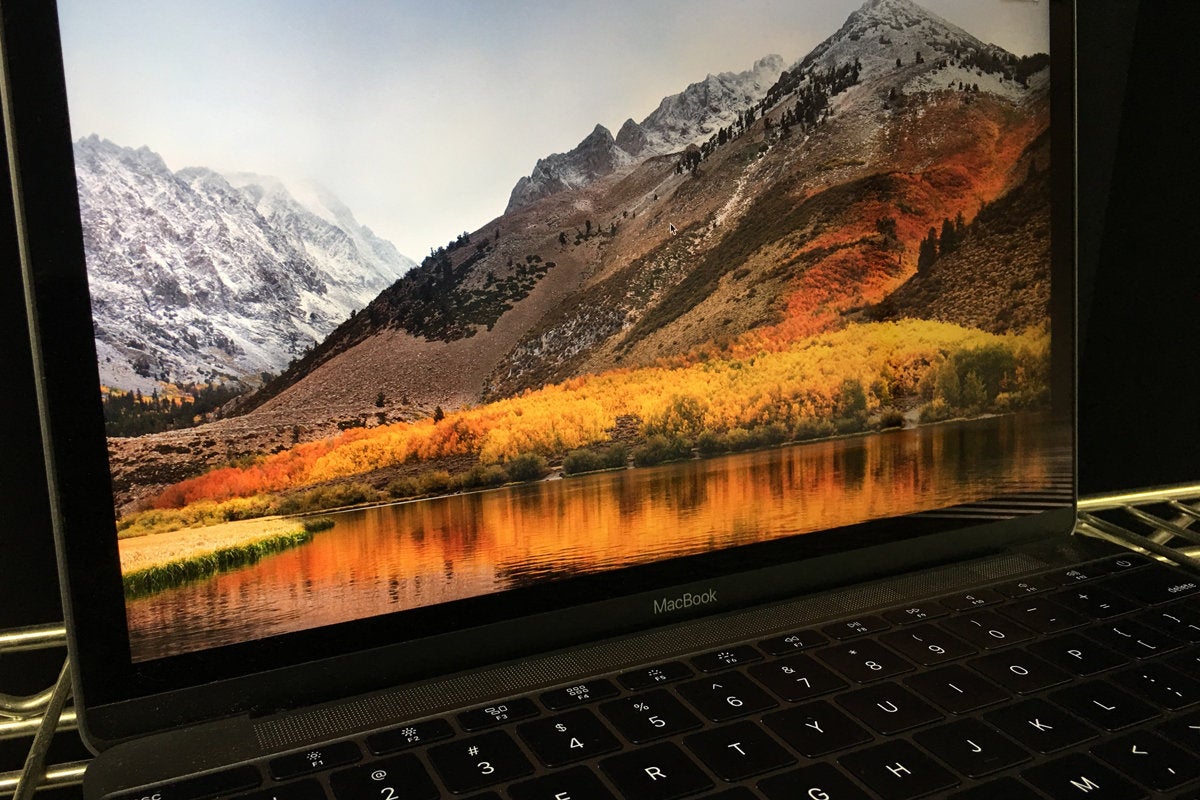

If you do upgrade to macOS Sierra (and trust me, you will), 200 GB at $2.99 a month might be a better baseline going forward. The more you store in the cloud from your desktop and the more iPhone backups you throw up there, the more iCloud storage you’re going to need. That’s a pretty good price (actually half of what Microsoft charges if you don't buy Office 365 for $9.99 a month, which gives you a terabyte), but it’s worth remembering that it’s not 50 GB added each month, it's just to maintain that amount.

If you want 50 GB of storage, you’ll need to pay $0.99 a month. The way Apple treats iCloud storage like it’s an unlimited resource is kind of funny. This new optimize storage button should offer relief to those who've had their Macs for some time. While I wish there were a way to set up an “always listening mode” as you can with Microsoft Windows Cortana, I am quite impressed with what Siri can accomplish when you ask. I’ve written at some length about Apple’s digital assistant Siri’s integration with the macOS desktop. In fact, of the nearly dozen major changes, few are visible when you launch the OS.Įven so, each change is valuable in its own right and it all results in a markedly better OS than the one that came before it. The desktop and dock are virtually unchanged. If you’ve been using OS X for the last few releases, macOS Sierra will be comfortable and familiar. The rechristened Sierra macOS answers that question and much more. Over time, the biggest question Apple had to address was how its growing stable of screens on phones, tablets, TVs and watches would reflect and, where possible, interact with Apple’s grandad of operating systems.
Macos sierra messages series#
Sure, it’s had some bad releases, especially in the days when the OS was called “System.” The OS X era, though, ushered in a series of reliably smooth interfaces and updates. Windows 10, an excellent OS in its own right, is also the salve for many of the wounds inflicted by Windows 8.Īpple has never made that kind of mistake with its desktop operating system. It hid key components of the operating system and tried to drag Windows users into the touch age. Microsoft, for instance, learned a hard lesson with the innovative and overreaching Windows 8. The last component should be the easiest one, especially for well-established OSes, but it’s where many have stumbled. What makes a good operating system? Utility, intelligence, consistency, stability, speed and knowability.


 0 kommentar(er)
0 kommentar(er)
